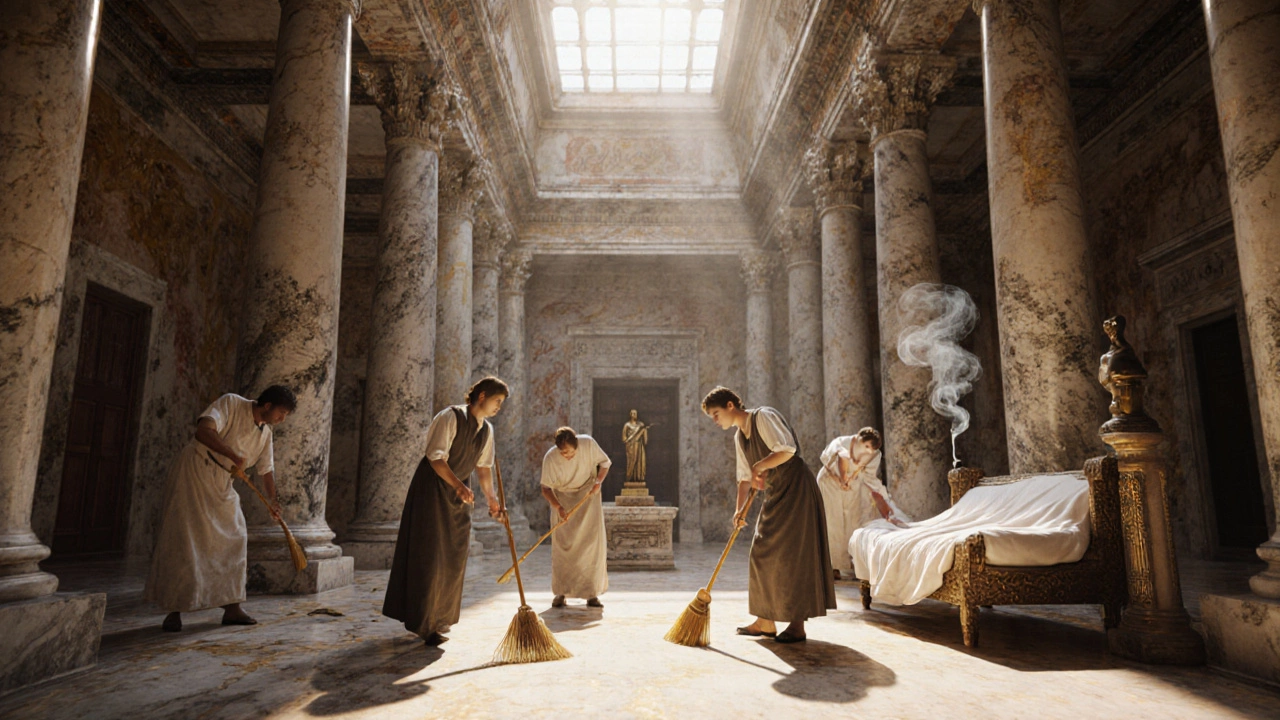Historical Spring Cleaning: Lessons from the Past and Modern Tips
When you hear Historical Spring Cleaning, a seasonal ritual that dates back to early agrarian societies, where households would deep‑clean after winter to welcome a healthier year, you might picture dusting old furniture with a feather duster. But it’s more than nostalgia. It historical spring cleaning blends the old habit of sweeping away stale air with today’s push for eco‑friendly cleaning, using biodegradable products, low‑impact tools, and techniques that protect both people and the planet. This tradition also sets the stage for modern spring cleaning, a comprehensive, seasonal overhaul that tackles everything from hidden grime to lingering odors. In short, the ancient practice is the backbone of today’s deep cleaning, a focused, intensive effort to reach places regular tidying misses, like behind appliances, inside vents, and on window sills. Together, these concepts form a cycle: seasonal kickoff, deep‑clean missions, and sustainable methods that keep homes bright year after year.
Why the Old Ways Still Matter
Back then, families opened windows, aired out rooms, and scrubbed floors with simple soaps because fresh air meant fewer illnesses. That same logic fuels today’s push for a healthy indoor environment. Modern research shows that dust mites, mold spores, and lingering chemicals can affect breathing, so a thorough spring purge isn’t just about looks—it’s about health. The link between historical habits and current trends is clear: historical spring cleaning encompasses seasonal deep cleaning, and it requires eco‑friendly cleaning methods to stay relevant. When you pair that with a focus on window cleaning as a key part of spring cleaning, you cover the biggest source of grime—glass that collects pollen, rain residue, and hard‑water stains. Think of your windows as the eyes of your home. A clean pane lets in more light, which naturally lifts mood and reduces the need for artificial lighting. Our tag collection includes guides on DIY window solutions, professional price breakdowns, and the exact water mixes pros pour over squeegees. Whether you’re a DIY enthusiast or planning to call in a service, the right technique saves time and avoids streaks. Beyond windows, the deep‑clean push includes tackling baked‑on grease in ovens, stubborn carpet stains, and the dreaded dirt film that clings to glass. Posts in this archive show how vinegar, Dawn dish soap, and baking soda can team up for a powerful, non‑toxic combo—exactly the kind of eco‑friendly approach our ancestors would approve of if they had modern chemicals. And when you add pressure washing to the mix, you get a fast, effective way to blast mold off siding, echoing the old practice of “airing out” but on a larger scale. What ties all these pieces together is a mindset: treat each spring as an opportunity to reset, using tools that respect the environment and your budget. That’s why our articles range from cost guides for professional window cleaning to step‑by‑step deep‑clean checklists. You’ll find everything you need to plan a thorough spring overhaul—whether you’re cleaning a single apartment or a whole office building. So, if you’re wondering how the past informs today’s cleaning game, look for three core ideas: the seasonal trigger (spring), the depth of the work (deep cleaning), and the method (eco‑friendly, tool‑focused strategies). Those ideas appear across the posts below, giving you a clear roadmap.
Ready to see the practical side? Below you’ll discover how to mix safe cleaning solutions, which tools work best for window squeegeeing, the real cost of hiring pros, and why a pressure wash can be a game‑changer for mold. Dive into the articles and arm yourself with tips that blend tradition with modern science—your home will thank you all year long.

The Surprising History Behind Spring Cleaning
Explore the origins of spring cleaning, from ancient Rome and religious festivals to Victorian guides and modern eco‑tips, revealing why the tradition endures today.
Read More